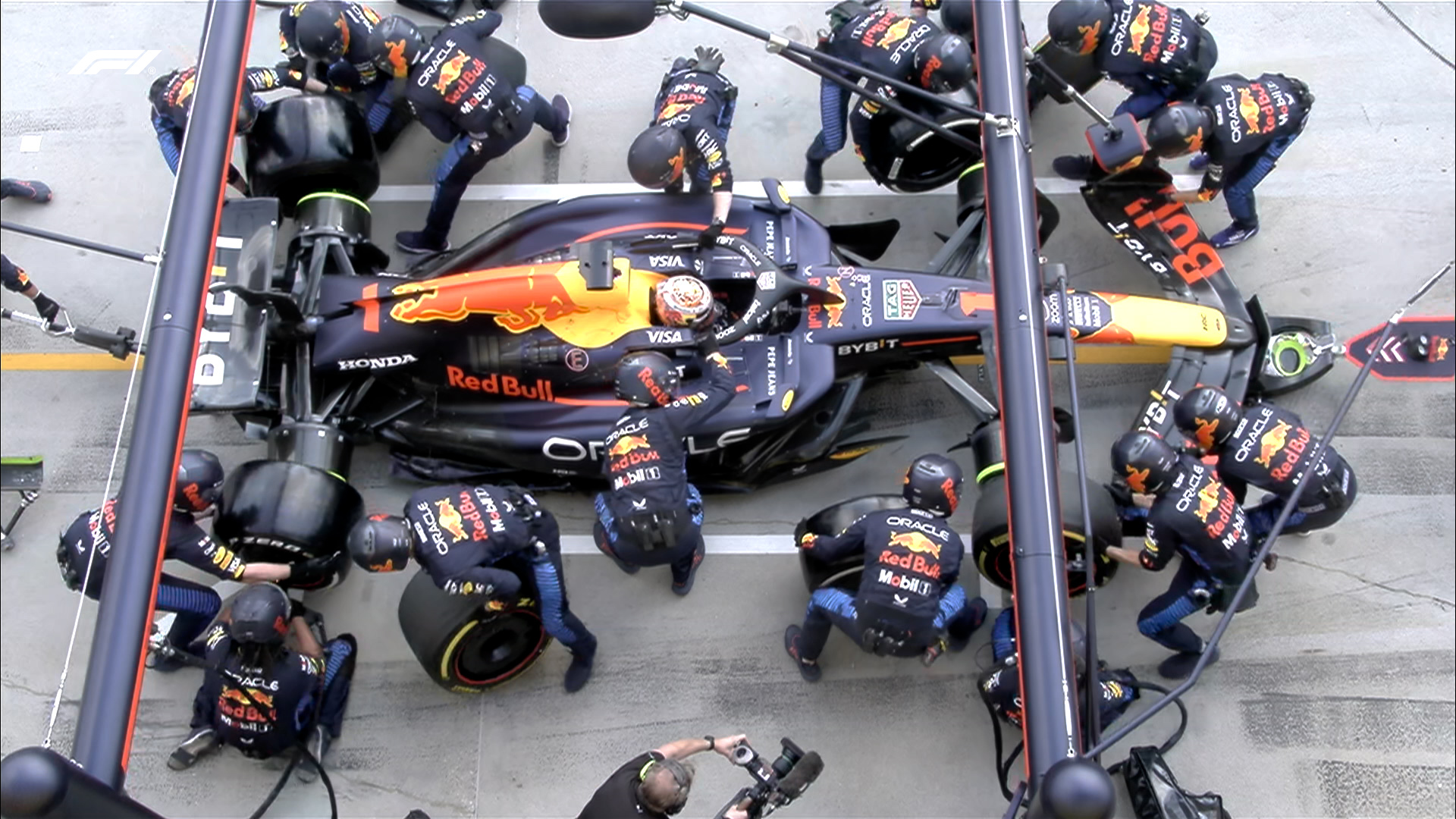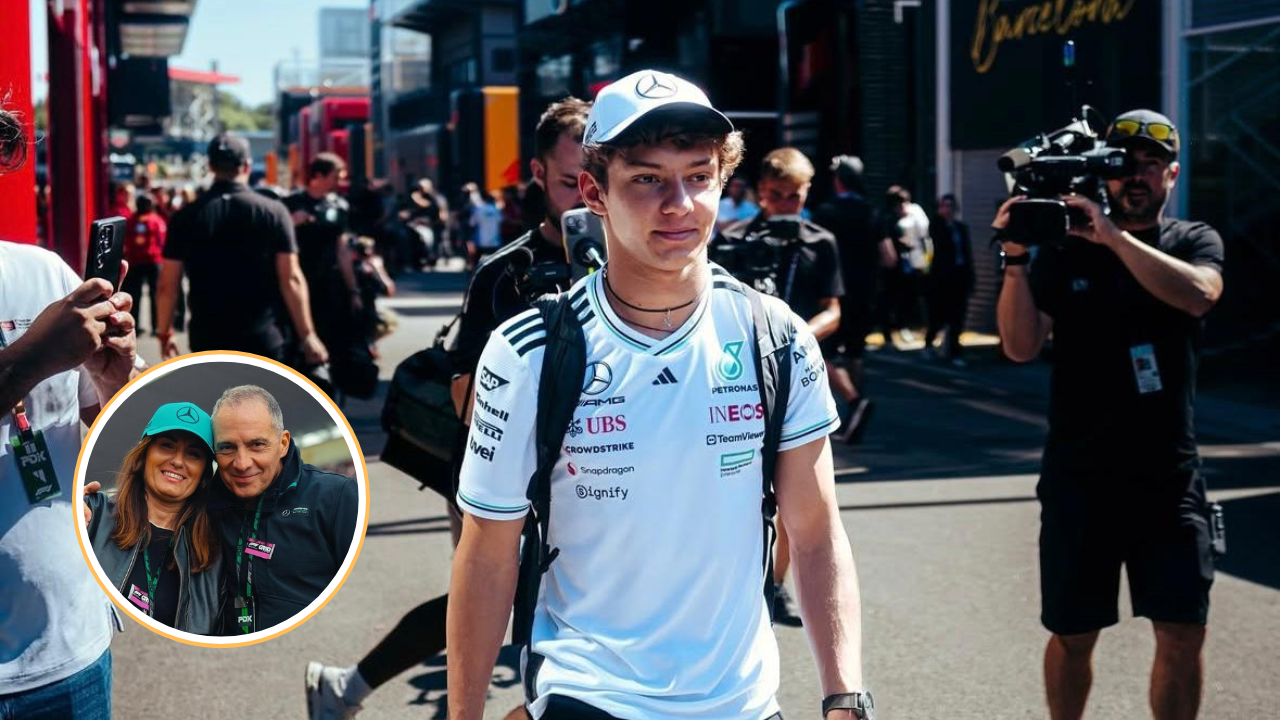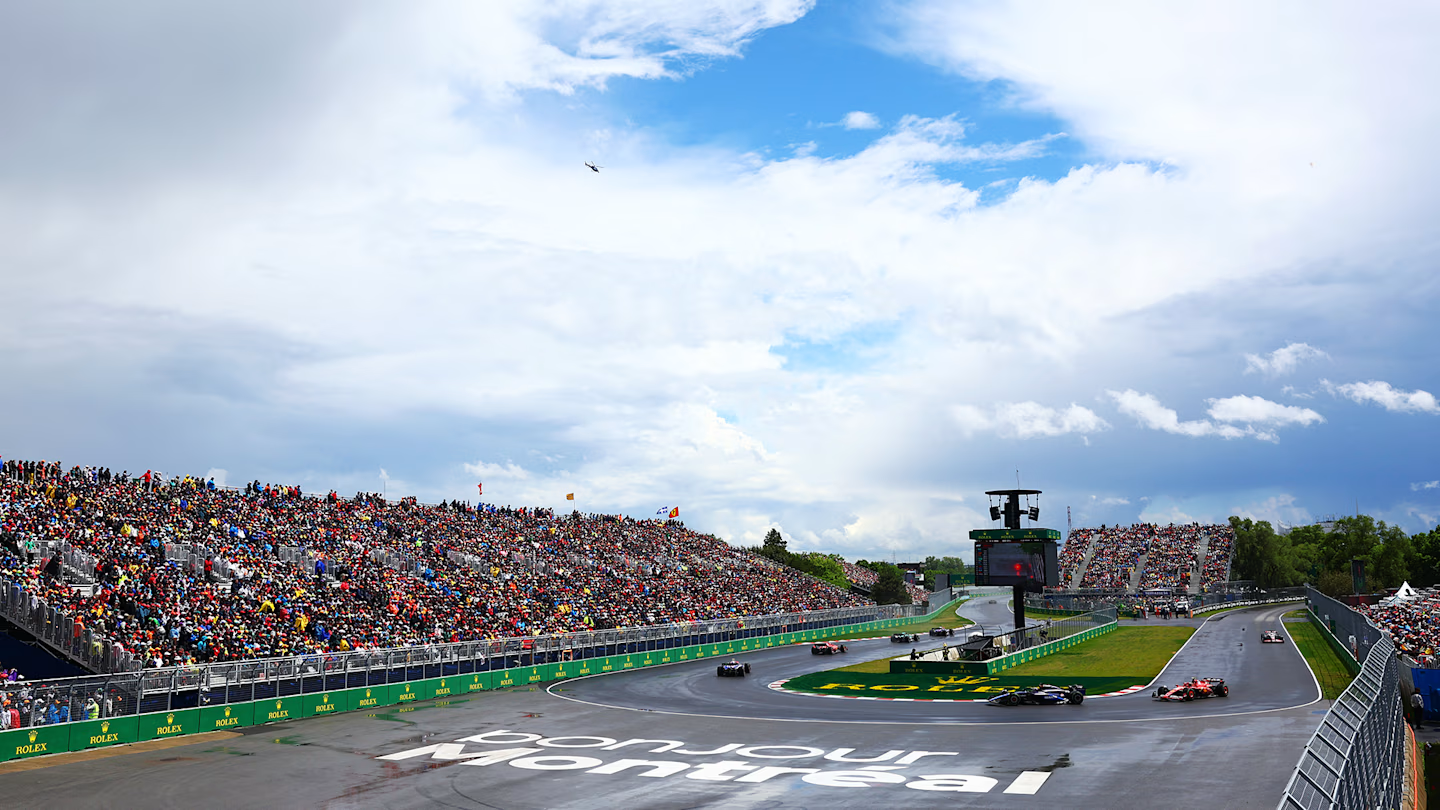F1 is sometimes considered to be a completely driver-oriented sport. However, that couldn’t be any further from the facts. There is a lot that goes on in the garage during a race. Teams make important decisions that can sometimes overturn their drivers’ finishing positions.
Pit stop strategy is an essential part of racing. As one may observe when the camera cuts to Hannah Schmitz on the Red Bull Racing pit wall, she remains quite stuck on work. She is the team’s strategy engineer and is known for her excellent decisions during races.
In recent years, Formula 1 has witnessed the pit stop times decreasing every season. Teams were allowed to refuel cars prior to the 2010 season. But since the ban on refueling, the time has further decreased. Teams now take approximately 2.4 seconds to change all four tires of a car and send the drivers out for racing once again. A car is in the pit stop for a little over 20 seconds on average, considering the track. This time is essential, considering their on-track competitors might be able to get ahead of them. Hence, strategy is of utmost importance.
However, if all drivers were to pit at the same time, it wouldn’t make that big of a difference. Sure, it would turn into a race within the pits, but there’s more to F1 than that. This is where the words undercut and overcut appear.
Understanding F1 pit strategies
As per the regulations, a car must run at least two different tire compounds during a race. This makes a pit stop mandatory, else the driver would be disqualified. Teams then have an important decision to make. Suppose a Ferrari and a Mercedes is battling for position during a race. The latter manages to take the lead, but then they have to pit. Would it be better for them to lose position and pit before the Ferrari? Or should they wait for the Ferrari to pit first?
Teams decide on undercutting and overcutting in situations like this. To understand simply, undercut is when a driver pits before their rival on the track, extending their stint for the coming lap(s). Meanwhile, overcut is when a driver pits before their rival to go out on fresher rubber and attempt to take the lead.
The decision behind choosing the right strategy rests with the team. It also depends on the type of circuit. Some provide strong undercut, and others provide better overcuts.
Undercuts are most effective when the fresh rubber has a considerable difference compared to the used tires. Hence, this is favorable when the track reflects enough tire degradation. Moreover, the track must be clear for the driver to gain the lost time and capitalize on their new tires.
Overcuts work best when the tires are not degrading fast enough. One of the key elements in this is a cold tire warmup. If driver A is extending their stint, they will have to push hard enough to create a good gap to their opponent. The latter would be on cold tires after leaving the pits, and hence, would struggle with grip initially.
These elements make F1 races more interesting. As mentioned, there is a lot that goes on in teams’ garages and pit walls that fans remain unaware of. It is those factors that make a driver closer to success.



